Design for All Users: 3 Keys to Accessibility for Your Association’s Website
Your website is your association’s most powerful communication tool. Delivering a vital and engaging resource to current and prospective members is your top priority in a digital-first landscape. But you also have to ensure your website will connect with all of your visitors.
Diversity, Equity, Inclusion, and Accessibility (DEIA) initiatives aren’t just trending topics. They’re core priorities that enable your website to connect with audiences of all abilities. Whether you’re considering a new website for your association or a refresh of its current look, accessibility must be a key consideration in how it’s designed, built, and maintained.
If you aren’t factoring accessibility into your website priorities, you’re limiting the audience for your association’s message. Worse yet, you could be at risk of costly legal action if it falls short of compliance with current regulations. But more than avoiding potential consequences, having an accessible website is simply the right thing to do.
Why Accessibility Matters In Association Website Design
A website designed to accommodate accessibility simply ensures that users with disabilities have access to the same information as everyone else. In the same way, a building with stairs at its entrance prevents those with differing physical capabilities from entering, a poorly designed website restricts access for people with limited vision, hearing, or other impairments.
For example, screen readers allow users who are visually impaired to navigate a website, interact with it, and consume the information. Design, coding, and management best practices allow accessibility tools to work with a well-built website. If your agency partner doesn’t view accessibility as a core priority in their website designs, your association will turn away users reliant on these tools.
Plus, an inaccessible website violates the ADA/Americans with Disabilities Act. Dating back to 1996, the government has ruled websites are subject to the same requirements as physical locations. If your website falls out of compliance with ADA standards, you’re a target for legal action that can lead to fines and a costly effort to update your website to accommodate all users.
3 Core Considerations in Evaluating Website Accessibility
Applying empathy toward the user is a fundamental trait of good website design. While the full breadth of digital accessibility standards may seem overwhelming to consider, the right website design agency will focus on key areas of accessibility to ensure your association is compliant. Here are three top areas to consider:
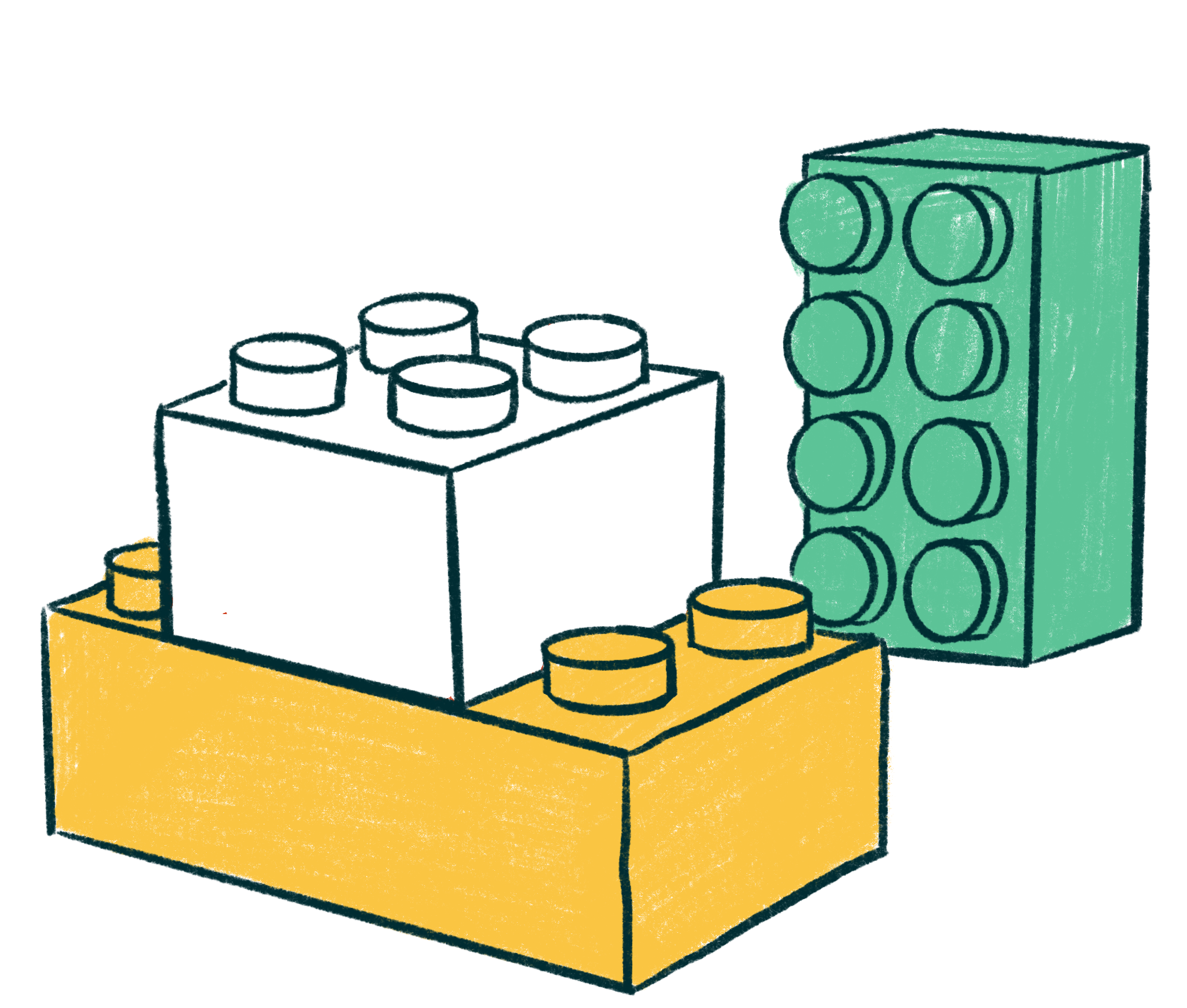
1. Design Principles and Best Practices
Website users who are visually impaired depend on screen readers to find what they need. To accommodate screen readers, the information on every page should be arranged in a clear hierarchy. Using things like heading tags, ordered and unordered lists, and tables appropriately enables these tools to help the users intuitively navigate the website and find what they’re looking for.
Along with accommodating the visually impaired, website designs should take into account users with limited vision or other visual sensitivities. The right agency partner will factor in the following design elements as they create a website for your association:
- Color: Ensure sufficient contrast between text and background colors to improve readability for all audiences. The color of each element should also not be the sole consideration for delivering information. Your designers should incorporate additional visual cues as well as text to accommodate users with visual impairments.
- Motion Graphics and Video: Some users find animations, flashing graphics, and other content with motion effects disorienting. If your videos are set to play automatically, users should have control over pausing or stopping them.
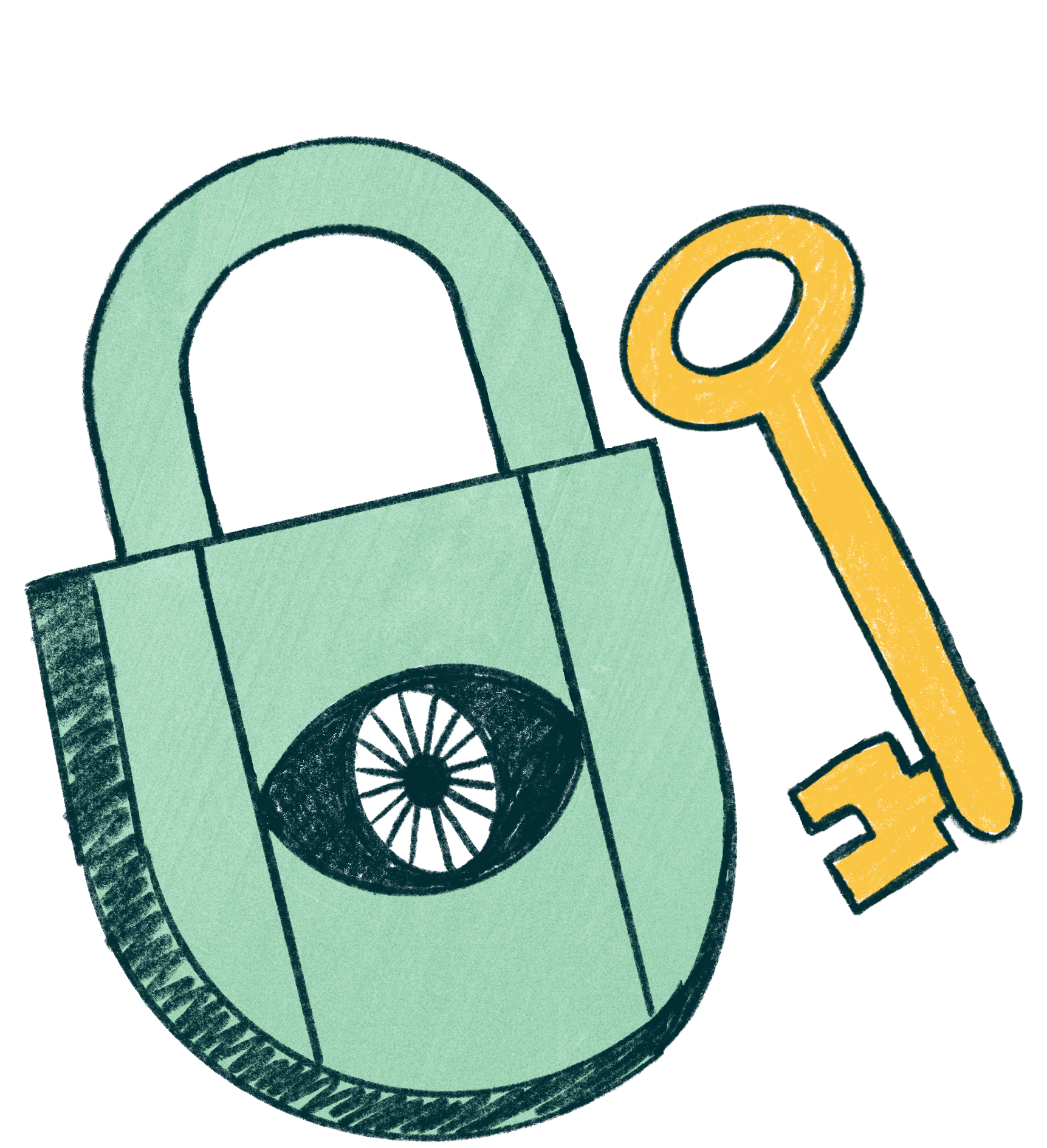
2. Development Standards
You and your marketing team won’t be writing the code for a new website design—that’s why you have an agency partner. However, the technical elements of your website’s design are crucial to enabling accessibility features and maintaining ADA compliance.
You should ensure your design incorporates accessibility best practices. This checklist provides an easy-to-digest rundown of coding and content standards that will protect website compliance. One easy way to check surface-level accessibility is to verify that you can navigate the website using a keyboard alone. But don’t stop there; make sure you find a partner with experience meeting WCAG2 compliance requirements.
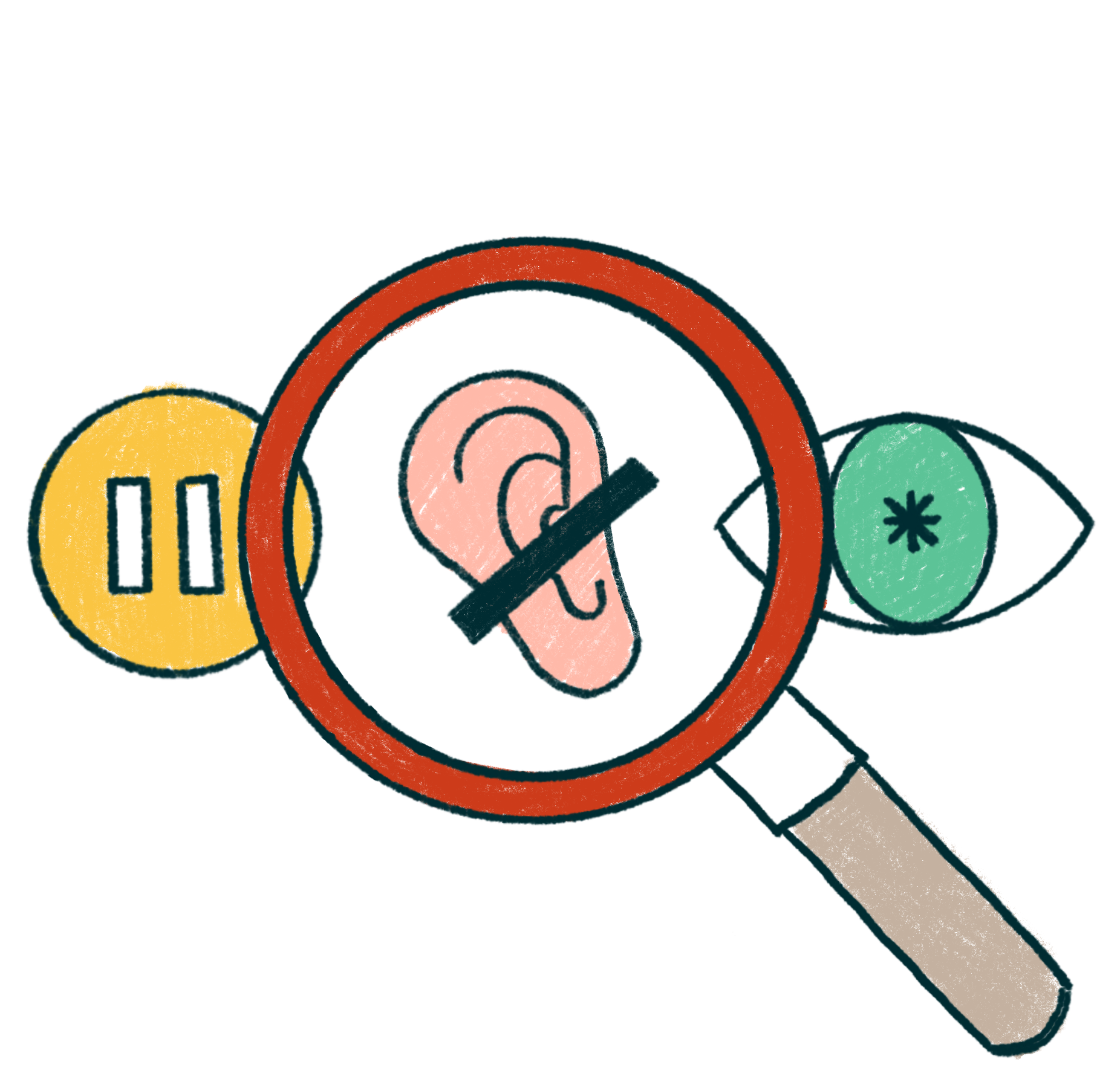
3. Website Maintenance Principles and Best Practices
Choosing a design agency that prioritizes accessibility is the first step to securing a website that complies with current standards. However, accessibility is not a one-and-done responsibility. It’s an ongoing area of focus for you and your team.
As you update your website with landing pages and other content, you have to be vigilant about ensuring your website remains accessible. A few guidelines for content creation include:
- Adding alt tags to images and captions to videos that are not simply for decoration ensures they are understood by people using screen readers.
- Use headings (H1, H2, H3, etc.) to help the user understand how the page’s content is organized and the order in which to consume it. Heading tags should introduce all content.
- Providing a unique title for each page.
- Ensuring each button and its label element are unique and descriptive. This is especially important when your page includes multiple links with the same text (such as “read more” or “learn more”)
- Using appropriate tags (ordered list, i.e., numbers or unordered lists, i.e., bullets) for listed content to ensure a screen reader will accurately identify whether items in a series are ordered or unordered.
Your Association Can’t Afford to Ignore Accessibility
By law, every organization providing information to the public must deliver an accessible experience for every user. Whether you are new to accessibility or have been thinking about it for a while, it needs to be part of your next website project budget and scope.
Designing, developing, and testing an accessible website does take more time and effort. But in the end, it’s not a dramatic increase in either, and it is far easier to design an accessible website from the beginning than to remediate it to comply with ADA standards later on.
If this sounds like an approach that will benefit how your association reaches its audience, we should talk.
Member-First Websites: Putting Users at the Heart of Your Website Redesign
For organizations considering a website redesign, functionality and technology are often among the top items on any wishlist. After all, your next generation of members are digital natives, and you need to secure the best tools to deliver the kind of standout experience that reflects the value of your organization. However, focusing primarily on the technical aspects of your website such as its CMS platform neglects the most important part of any redesign project: Your users. Naturally, a great CMS is essential — but it’s also no guarantee of delivering the kind of experience that connects with members and captures your brand’s story. As you consider your next steps in a redesign project, you need to ensure your website users are the first priority. In this eBook, you’ll learn:
- Why a good CMS is the baseline, a great user experience is what sets you apart
- How user-centered design benefits associations.
- Core elements of user experience.
- How to develop a member-focused website design.
Download ebook
A Good CMS Is Just the Baseline, the User Experience Is What Sets You Apart
Planning a redesign of your association website can feel like one of the most stressful projects of your year. After all, websites are expensive, high-stakes projects that will impact how your organization connects with members for years to come. Given how much of your time, budget, and resources it demands, you’re under considerable pressure to get it right.
Marketing executives often gravitate first toward technology decisions when tackling a website redesign. The assumption is that the design will be done right, and the CMS decision is what needs your attention.
Building an effective website isn’t that simple. A good CMS is essential, but it should be the baseline when selecting a good agency. To see the greatest results from your investment in a redesign, you have to stay focused on what’s most important: Your members.
Why a Good CMS is Only the Baseline
If you talk to five different agencies on your way to planning a redesign, you may get five different answers to the CMS question. Everyone has a preference (here’s ours, for example).
However, a CMS isn’t a magic bullet. Choosing Drupal, WordPress, or another top-tier platform can’t guarantee an effective website. As website technology has evolved over the years, your organization can gain many of the features you need from the majority of the top-tier CMS platforms.
Baseline Requirements for a Modern CMS
Fundamentally, a good CMS will deliver the following five features:
- Expandability and flexibility: The platform should be customizable to serve all the technical requirements of your organization.
- User-friendly editing experience: Editing and publishing should be easy and intuitive.
- Scalable: The CMS should expand over time to fit your organization’s current and future goals and needs.
- Consistent updates: Your CMS should be open-source and supported by an active community. This means that along with addressing shifting security standards, your CMS will also be in a state of constant improvement.
- SEO-friendly: The platform adheres to best practices to ensure your site is visible to search engines.
With these core elements in place, be weary of proprietary systems. When you use a proprietary CMS, you not only are limited to very specialized agencies and developers that can work on your website, but your organization is also at the mercy of the private software company’s development schedule for new feature releases and cost increases. By contrast, popular open-source systems ensure the platform remains in a state of constant improvement and is easy for almost any agency or developer to work on. Otherwise, choosing a CMS is no different from the debate between major automakers like Ford and Chevy. At that level, either brand provides a reliable way forward. However, your greatest priority is ensuring members have all they need to reach their destination.
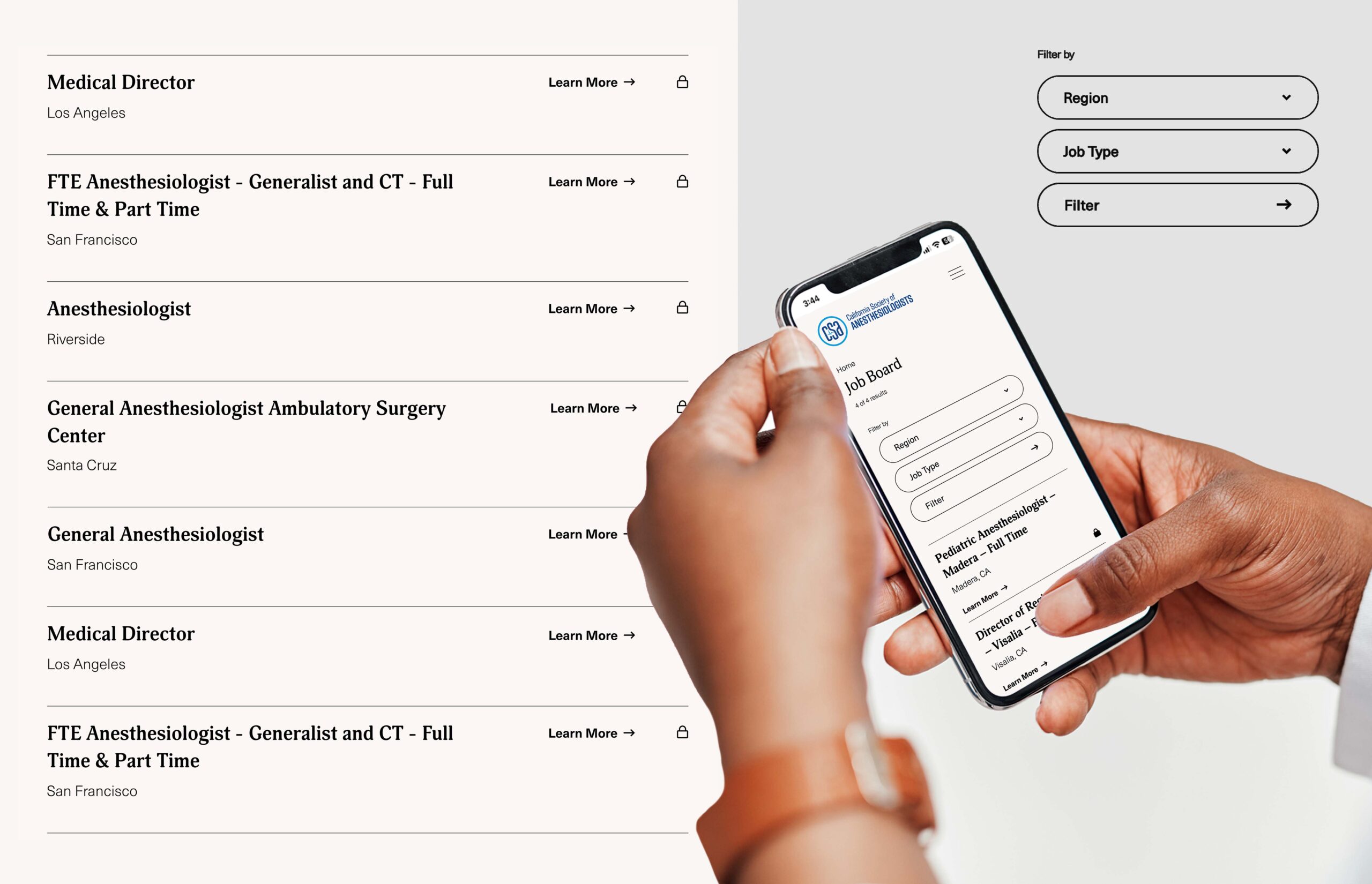
User Experience is Your Website’s Differentiator
A good CMS will supply the right technical tools to generate an impact on your organization. But the greatest difference-maker comes down to how that technology is applied to create an intuitive and engaging user experience.
How you strategize your association website’s design, content, and navigation makes up its user experience. Much like your organization’s brand, a strong user experience communicates to members who you are and what you offer.
Your CMS is important, but it’s invisible to your users. Think of the user experience as the gateway to how your members will access your website’s functionality. Everything on the front end of your website (what your members see and experience in their browser) should be designed to guide users toward the resources they need. If members can’t find or understand what your organization offers, then all that impressive technology is useless.
You can have the best CMS in the world, but your website will still be ineffective if the user experience and interface don’t resonate with your users and serve their needs.

Member-Driven Organizations Need a Design-First Website Approach
Associations have specific needs when it comes to creating a positive member experience, and each website should incorporate certain elements to be effective.
However, you must ensure that your agency partner has the right experience level in all the areas your website requires. For example, a marketing or PR-focused agency may understand how to develop a clear messaging strategy for your website, but they may lack the design and user experience expertise to create a website that resonates with your members.
An organization may also take the wrong path by focusing solely on its website’s CMS and backend technology. A tech-first or SaaS-oriented company may specialize in creating functionality for association websites. However, skills in development and databases can’t compensate for lacking marketing and design skills essential to creating an engaging user experience. When you prioritize technology, you often end up with a cookie-cutter website that doesn’t adequately reflect your organization.
Ultimately, your organization needs a design-first agency with strong development skills that are informed by years of association experience and marketing expertise.
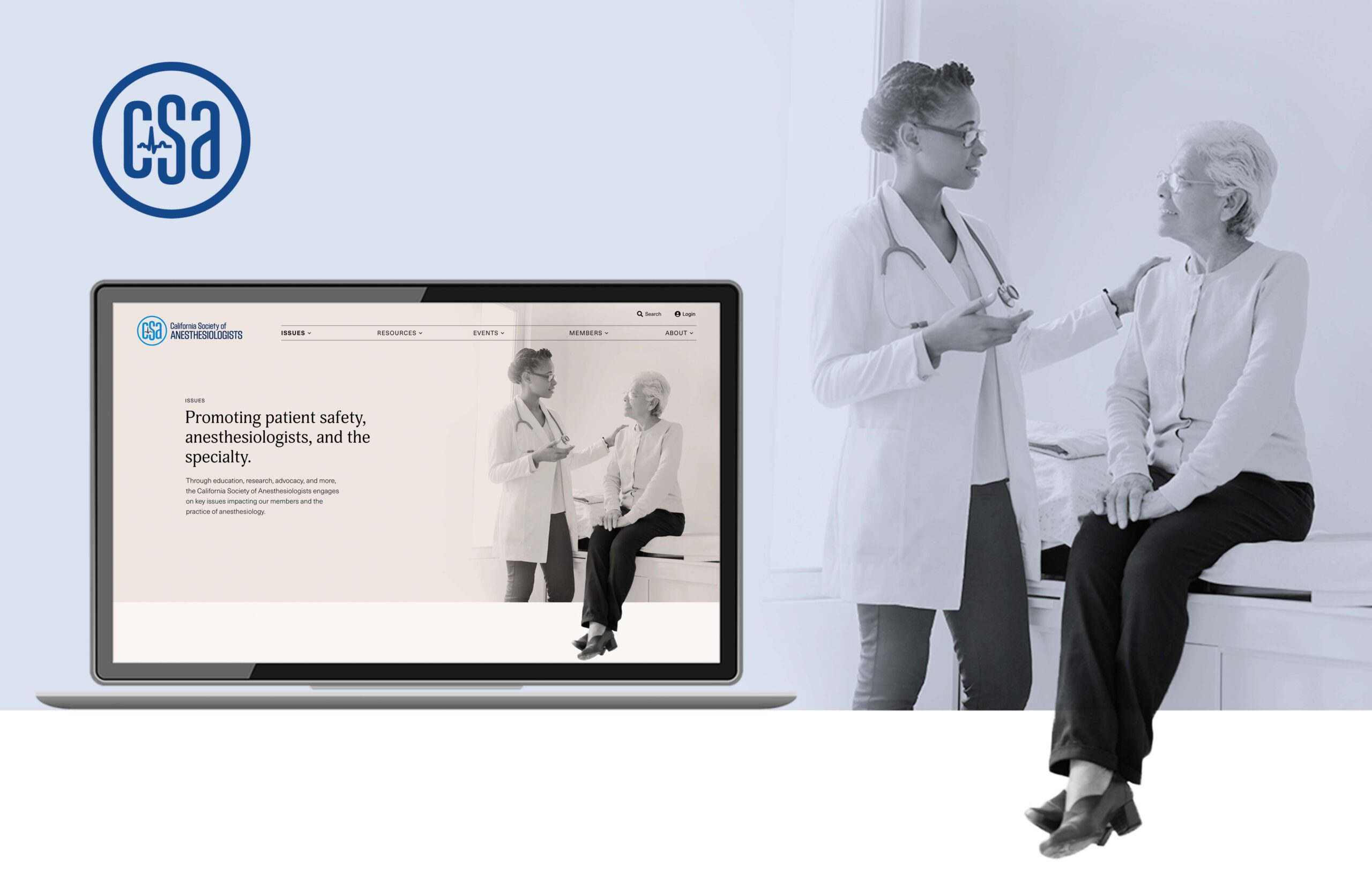
How to Find the Right Web Design Agency for Your Organization
For many associations, the RFP process is the first step toward finding an agency partner for a redesign. Unfortunately, RFPs typically lead to finding one-size-fits-all solutions that won’t address your organization’s real problems.
You need an agency partner that will design a user experience specific to your organization and its members. You should present the objectives for your project and evaluate how well an agency communicates with your team and demonstrates that their experience aligns with your needs.
Have they solved similar problems for associations like yours? Are the services and resources on the websites they produced organized in an intuitive way? Do their designs tell a cohesive and compelling story about the organizations they serve? Good design ensures a website works seamlessly.
When you’re working with the right agency, you don’t need to start with technology questions. Any qualified candidate should offer a strong, stable CMS. What matters most is finding a partner who will expertly plan and design the website to cater to your members. Ensuring your members will find what they need in a way that also communicates what’s unique about your organization.Does this sound like a website to carry your organization into the future? If so, we should talk.
In-House, Freelance, or Agency? Find the Right Choice for Your Organization’s Design Needs
As you plan for the future of your marketing department, design expertise is always near the top of your list. But design expertise comes at a cost, and your organization’s budget is always under pressure. What is the best way to decide how to resource the right talent for the marketing efforts in your plan?
Ultimately, the answer comes down to your organization’s needs—and the most effective choice for addressing them.
3 Options for Meeting Your Organization’s Design Needs
Your organization will always have design needs. When deciding how to meet them you have the following options:
1. Hiring an In-House Designer to Support Marketing Initiatives
In terms of providing dedicated expertise, hiring a new full-time designer has a number of clear advantages. An in-house designer will be primarily focused on what you assign them, and you have the most control over how their work is prioritized.
Hiring a new team member is the best option when you’re facing a consistent volume of marketing projects that will justify this role and its expenses. A dedicated full-time designer offers the additional advantage of bringing on an individual who will grow to fully understand the needs of your organization and how it functions.
Disadvantages of Hiring a Full-time Designer
Hiring a full-time designer may be a fixed expense but isn’t cheap. Along with accounting for salary, benefits, equipment, and ongoing training and education, you also need to factor in the inherent challenges of the job market for designers.
Top-tier design talent typically gravitates to design agencies that offer a wide variety of clients and projects, plus a team of other creatives to learn from and collaborate with. Because of this, designers will often take a lower salary to work in an agency environment rather than an in-house position at an association. As a result, if you want to hire a skilled designer, they won’t come cheap.
Another challenge of in-house talent is that they rarely get the opportunity to develop deep skillsets. In-house designers often get bogged down with endless small to mid-sized tasks and lose the capacity for bigger projects. Without a creative director to push a designer’s creativity, their work can easily plateau. An in-house designer must be very self-motivated to push themselves to perform at a high level consistently.
As an in-house designer grows immersed in your organization’s internal politics and motivations, they gain deep knowledge about your organization but can lose the perspective to think big. You need to ensure the talent that supports your marketing is in a position to consistently deliver standout creative solutions that will keep your organization moving forward.
2. Hiring a Freelance Designer
Bringing on an individual freelance designer constitutes the middle ground of your three options. A freelancer avoids the additional overhead of bringing on a full-time employee, and it allows your organization to temporarily add valuable skillsets.
A freelancer is ideal when your marketing team has multiple projects in the works but not enough consistent design work to justify a full-time employee. They can be a quick, flexible, cost-effective option.
Drawbacks to Working with Freelance Designers
The freelance market is full of experienced designers who can take on your organization’s next project. However, you get what you pay for in terms of skill level, availability, and responsiveness. The most talented designers are not only expensive but are also in demand and often hard to reach.
A less-experienced designer may be cheaper, but they may lack the skill set your organization needs. Freelancers don’t have project managers or other support staff so you’re often at the mercy of their schedule, workflow, and other priorities.
A freelancer offers you the flexibility to complete your marketing projects, but that flexibility goes both ways. If you need a project delivered by a specific date, a freelancer may be tied up with a full-time job or other clients when you need them most.
3. Contracting With a Dedicated Design Agency
Even if your in-house design team can support your organization’s day-to-day marketing priorities, some projects require additional expertise. Higher stakes and time-intensive projects such as big events or transformative initiatives such as branding and website redesigns strain any organization’s resources and push the limits of their skill sets. That’s where an outside agency offers crucial advantages.
Agencies offer an outside perspective that no in-house designer is equipped to deliver. They don’t have pre-existing relationships with stakeholders, and they aren’t tied to internal politics, history, or biases that inhibit new ideas. They have decades of experience helping clients like you. With access to multi-disciplinary teams, they can create and manage everything your project needs and deliver these items on time.
When you hire a specialist agency they have solved your problem many times, in many different ways. They have built a creative team full of individuals who bring different talents and experiences to the table. You didn’t have to hire them, train them, or manage these unconventional employees. You get to hire them to drop in and solve your problem.
Downsides to Partnering With an Outside Agency
Agencies are nimble and scalable. They have access to a broad rolodex of talent to serve your needs, including designers, strategists, writers, and developers. But all that expertise and reliability costs money.
One-off smaller design jobs aren’t cost-effective for an agency to produce and are often beyond the scope of the services they provide. If your organization has a limited budget, you should work with an agency for only your biggest, most important projects.
It can also be challenging to identify the right agency to work with. Especially if you’ve had a bad relationship in the past. When selecting an agency we suggest a QBS process over the older RFP model.
The Ideal Mix: Partnering With an Agency for a Hybrid Approach
Combining an in-house designer with an outside agency offers the best of both worlds. When you use a staff designer, these individuals can handle the day-to-day demands of your marketing department. Then, for larger projects, you can turn to an agency to provide the outside perspective combined with the advanced skills and experience you need.
An outside agency offers a boost of creative horsepower. To stay competitive, they have to remain informed of the latest design trends and technologies. Plus, they offer a critical perspective that will challenge “the way we’ve always done it” and find real solutions to your marketing needs.If this sounds like a relationship that will benefit your member-driven organization, we should talk. We’ll make sure your next project has the right talent on hand to create the results you need.
9 Problems Brand Systems Fix
The workforce is changing, and member-driven organizations must evolve their approaches to prove their value to today’s members.
Demonstrating the value of what your organization offers an audience of millennial and Gen Z members requires more than a fresh website or revamped social media strategy. You need to develop your brand to ensure that every aspect of your organization’s story is expressed in a clear and cohesive way.
To resonate with the new generation of members, good branding is not a nice-to-have. It’s not icing on the cake. Your brand is the cake. And to create a compelling brand that connects with your audience, you need to establish a brand system.
In this eBook, you’ll learn:
- The distinction between brand systems and brand guidelines.
- What goes into an effective brand system for member-driven organizations.
- A diagnostic approach to 9 common ways a brand system resolves issues in how organizations like yours tell their story.
- How your brand is your strongest communication tool for connecting with the audiences your marketing needs to attract most.

